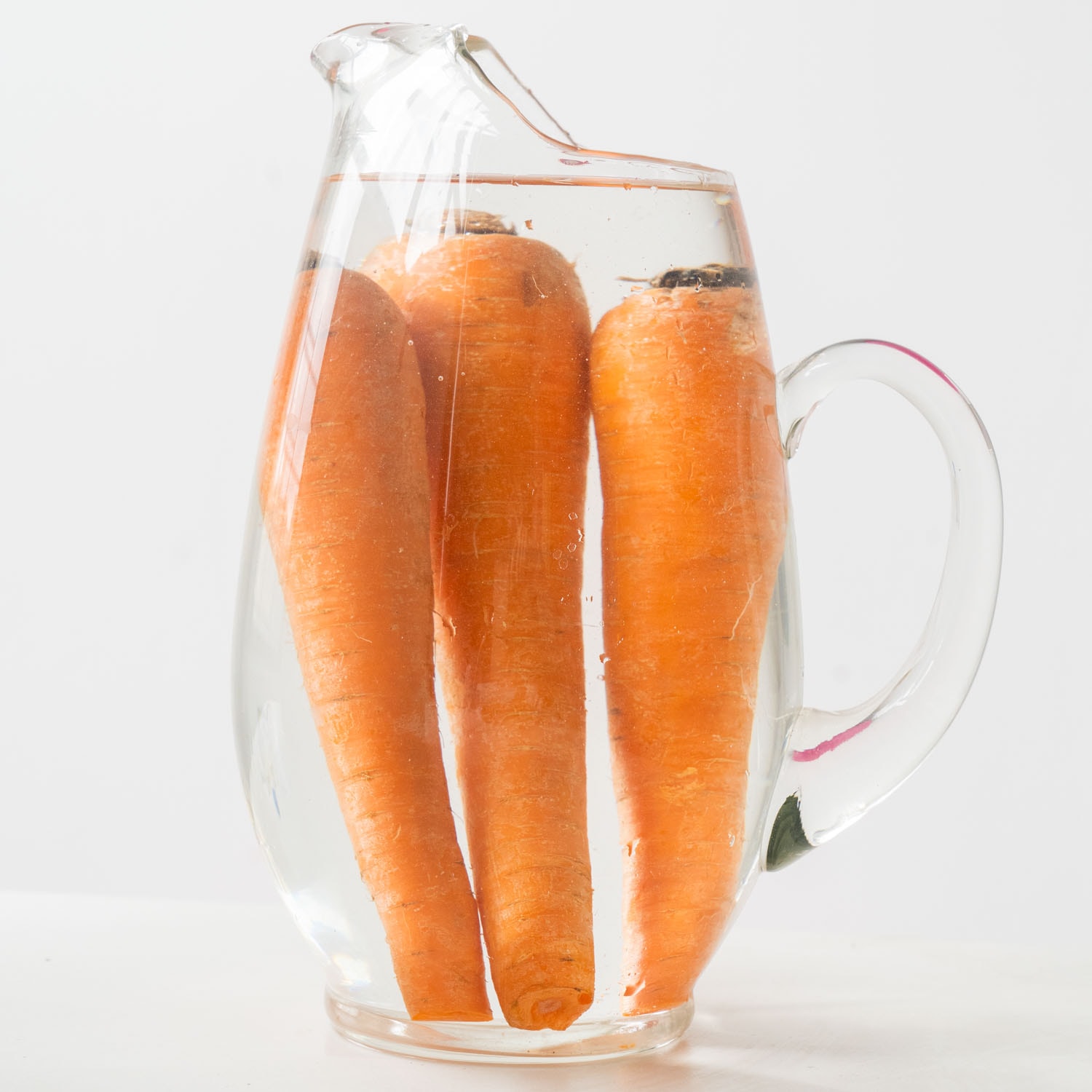

Articles
How To Store Baby Carrots After Opening
Modified: February 27, 2024
Learn the best methods for storing baby carrots after opening in this informative article. Keep your carrots fresh and delicious for longer!
(Many of the links in this article redirect to a specific reviewed product. Your purchase of these products through affiliate links helps to generate commission for Storables.com, at no extra cost. Learn more)
Introduction
Welcome to our comprehensive guide on how to store baby carrots after opening. If you’re wondering how to keep your baby carrots fresh and flavorful for longer periods, you’ve come to the right place. Properly storing baby carrots can help extend their shelf life, maintain their crispness, and preserve their nutritional value.
Baby carrots are a popular snack and versatile ingredient in many dishes. They are not only delicious but also packed with essential vitamins and minerals. However, like any fresh produce, baby carrots can quickly deteriorate if not stored correctly.
In this article, we will provide you with step-by-step instructions on how to store baby carrots after opening. We will explore various options, such as refrigerating, freezing, pickling, and dehydrating, to help you choose the method that best suits your needs and preferences. Additionally, we will share some valuable tips and best practices to maximize the shelf life and quality of your baby carrots.
Whether you buy baby carrots in bulk or have leftovers from a previous meal, knowing how to store them properly is essential for maintaining their freshness and flavor. By following the guidelines outlined in this article, you can prolong the lifespan of your baby carrots and minimize food waste.
So, let’s dive in and discover the secrets to storing baby carrots after opening!
Key Takeaways:
- Properly storing baby carrots after opening is crucial for preserving freshness, extending shelf life, and maintaining nutritional value. Refrigerating, freezing, pickling, or dehydrating are effective methods to ensure long-lasting enjoyment of this versatile vegetable.
- Following specific storage guidelines, utilizing airtight containers, and checking for spoilage regularly are essential for maximizing the freshness and quality of baby carrots. By implementing these tips and best practices, you can enjoy delicious and nutritious baby carrots in various recipes and snacks.
Read more: How To Store Baby Carrots
Why Store Baby Carrots Properly?
Properly storing baby carrots after opening is crucial for several reasons. By taking the time to store them correctly, you can enjoy the following benefits:
- Preserving Freshness: When baby carrots are exposed to air and moisture, they can quickly become wilted and lose their crisp texture. Proper storage helps retain their freshness, ensuring that they stay crunchy and appetizing.
- Extending Shelf Life: By storing baby carrots properly, you can extend their shelf life and prevent them from spoiling too soon. This is particularly important when you buy baby carrots in bulk or have a large quantity that you won’t consume immediately.
- Maintaining Nutritional Value: Baby carrots are rich in essential vitamins, minerals, and antioxidants. Proper storage helps preserve their nutritional value, ensuring that you get the maximum health benefits from consuming them.
- Reducing Food Waste: Storing baby carrots properly can help minimize food waste. When they are stored correctly, you are less likely to have to throw away spoiled or mushy carrots.
- Convenience: Properly stored baby carrots are readily available whenever you need them. Whether you want a quick and healthy snack or need to incorporate them into a recipe, having well-preserved baby carrots on hand can save you time and effort.
By understanding the importance of storing baby carrots properly, you can ensure that you make the most of this versatile and nutritious vegetable. Now that we’ve explored the benefits of proper storage, let’s move on to the step-by-step guide on how to store baby carrots after opening.
Step-by-Step Guide to Storing Baby Carrots After Opening
Follow these simple steps to properly store your baby carrots after opening:
- Inspect the Baby Carrots: Before storing, check the baby carrots for any signs of spoilage or damage. Discard any carrots that are mushy, discolored, or have a foul smell.
- Separate Greens (if any): If your baby carrots come with the greens attached, remove them before storage. The tops can draw moisture away from the carrots, causing them to wilt quickly.
- Wash (if necessary): If your baby carrots are dirty, give them a gentle rinse and pat them dry with a clean towel. Excess moisture can accelerate spoilage, so make sure they are thoroughly dried before storing.
- Choose the Right Storage Option: There are several methods for storing baby carrots after opening, including refrigerating, freezing, pickling, and dehydrating. Choose the option that suits your needs and the desired shelf life of the carrots.
- Storage Containers: When storing baby carrots in the refrigerator or freezer, use airtight containers or resealable bags to prevent air exposure and moisture loss. For pickling or dehydrating, select appropriate jars or containers.
- Label and Date: Label your storage containers with the date of storage. This will help you keep track of how long the baby carrots have been stored and ensure you use the oldest ones first.
- Proper Placement: In the refrigerator, store the baby carrots in the crisper drawer to protect them from fluctuating temperatures and humidity. When freezing, lay the carrots flat in a single layer to prevent them from sticking together.
- Follow Storage Guidelines: Each storage method has specific guidelines, such as temperature and duration. Make sure to follow these guidelines to maximize the freshness and quality of your baby carrots.
- Regularly Check and Use: Periodically check your stored baby carrots for any signs of spoilage or deterioration. Use them as needed to minimize food waste and maximize their flavor and nutritional value.
- Enjoy: Now that you know how to properly store baby carrots after opening, enjoy them in various recipes, salads, snacks, or as a healthy side dish!
By following these step-by-step instructions, you can ensure that your baby carrots stay fresh, flavorful, and ready to use whenever you need them. Now, let’s explore the different options for storing baby carrots after opening.
Option 1: Refrigerating Baby Carrots
Refrigerating baby carrots is one of the most common methods for storing them after opening. Follow these steps to properly refrigerate your baby carrots:
- Prepare the Carrots: After opening the package, remove any excess moisture by drying the baby carrots gently with a clean towel.
- Airtight Container: Place the baby carrots in an airtight container or resealable bag. Make sure the container is clean and dry before adding the carrots.
- Crisper Drawer: Store the container of baby carrots in the crisper drawer of your refrigerator. This drawer helps maintain a stable temperature and humidity level, keeping the carrots fresh for a longer period.
- Avoid Fruits: Keep the baby carrots away from fruits, especially ethylene-producing fruits like apples and bananas. Ethylene can speed up the ripening process and cause the carrots to spoil faster.
- Check Regularly: Periodically check the baby carrots for any signs of spoilage or deterioration. Remove any carrots that appear mushy, discolored, or have a foul odor.
- Use within 1-2 Weeks: Properly stored baby carrots can typically last in the refrigerator for 1-2 weeks. However, it’s best to use them as soon as possible for the freshest taste and highest nutritional value.
Refrigerating baby carrots is a convenient option that allows you to easily access them for snacking or adding to your favorite recipes. However, if you have a surplus of baby carrots or want to store them for a more extended period, freezing may be a better option. Let’s explore freezing baby carrots as an alternative storage method.
Option 2: Freezing Baby Carrots
If you have a surplus of baby carrots or want to store them for an extended period, freezing is an excellent option. Follow these steps to properly freeze your baby carrots:
- Prepare the Carrots: Wash the baby carrots thoroughly and trim off any green tops. Pat them dry with a clean towel to remove excess moisture.
- Blanching (Optional): Blanching the baby carrots before freezing can help preserve their color, texture, and nutritional value. Bring a pot of water to a boil and blanch the carrots for 3-4 minutes. Then, transfer them to an ice bath to stop the cooking process.
- Cool and Dry: Whether you choose to blanch or not, make sure the baby carrots are completely cooled and dried before freezing. Excess moisture can lead to freezer burn.
- Freezer-safe Containers or Bags: Place the baby carrots into freezer-safe containers or resealable bags. Remove as much air as possible from the bags before sealing to prevent freezer burn.
- Label and Date: Label each container or bag with the date of freezing. This will help you keep track of their storage time and use the oldest ones first.
- Lay Flat: Lay the baby carrots flat in a single layer if using bags. This allows the carrots to freeze faster and prevents them from sticking together, making it easier to retrieve individual portions later.
- Freeze: Place the containers or bags of baby carrots in the freezer, making sure they are not stacked on top of each other. Leave them undisturbed to freeze for at least 2 hours or until completely frozen.
- Use within 8-12 Months: Properly frozen baby carrots can last for around 8-12 months. However, for the best quality and taste, it’s recommended to use them within 6-8 months.
- Thawing: To thaw frozen baby carrots, transfer them to the refrigerator and allow them to defrost overnight. If you need them to thaw quickly, you can also place the bag or container in a bowl of cold water.
- Utilize in Recipes: Frozen baby carrots work well in cooked dishes such as soups, stews, stir-fries, and casseroles. However, they may lose some crispness, so they are not suitable for raw consumption after being frozen.
Freezing baby carrots is a practical way to preserve them for long-term storage and ensure you always have a supply on hand. If you prefer a unique and tangy twist to your baby carrots, pickling them is another option to consider. Let’s explore pickling baby carrots in the next section.
Store baby carrots in a resealable plastic bag or airtight container in the refrigerator. Keep them away from moisture and store them at a temperature between 32-35°F (0-2°C) to maintain freshness.
Read more: How To Store Baby Carrots In The Fridge
Option 3: Pickling Baby Carrots
If you’re looking to add a burst of flavor to your baby carrots, pickling is an excellent option. Follow these steps to properly pickle your baby carrots:
- Prepare the Carrots: Wash the baby carrots thoroughly and trim off any green tops. You can choose to leave them whole or cut them into desired shapes, such as rounds or sticks.
- Brine Solution: Prepare a brine solution by combining vinegar, water, salt, sugar, and your desired pickling spices (such as mustard seeds, dill, or garlic). Bring the brine to a boil and let it cool slightly.
- Flavorful Additions (Optional): Enhance the flavor of your pickled baby carrots by adding herbs, spices, or aromatics. Consider adding fresh dill, garlic cloves, red pepper flakes, or other spices that suit your taste preferences.
- Jars: Place the prepared baby carrots and your chosen flavor additions into clean and sterilized jars. Pack them tightly, leaving about 1 inch of headspace at the top.
- Pour the Brine: Pour the cooled brine solution into the jars, covering the carrots completely. Ensure that the carrots are submerged in the brine.
- Remove Air Bubbles: Gently tap the jars on a countertop to remove any air bubbles. This helps ensure that the brine is evenly distributed throughout the jars.
- Seal the Jars: Seal the jars tightly with sterilized lids. Make sure the jars are properly sealed to prevent air from entering and spoiling the pickled carrots.
- Refrigerate: Place the pickled baby carrot jars in the refrigerator. Allow them to pickle for at least 24 hours, but the flavors will continue to develop and intensify the longer they sit.
- Storage and Shelf Life: Properly pickled baby carrots can be stored in the refrigerator for several weeks or even months. The pickled carrots will maintain their flavor and texture during this time.
- Enjoy: Once pickled, these tangy and flavorful baby carrots can be enjoyed as a snack, added to salads, or used as a garnish for sandwiches and appetizers.
Pickling baby carrots is a fantastic way to transform their flavor and create a versatile ingredient that adds zing to your dishes. If you prefer a different texture and want to preserve the baby carrots for an extended period without refrigeration, dehydrating is a viable option. Let’s explore dehydrating baby carrots in the next section.
Option 4: Dehydrating Baby Carrots
If you’re looking for a unique way to preserve your baby carrots and enjoy them in a different texture, dehydrating is an excellent option. Here’s how you can properly dehydrate your baby carrots:
- Prepare the Carrots: Wash the baby carrots thoroughly and trim off any green tops. Cut them into small, uniform pieces for even drying.
- Blanching (Optional): Blanching the baby carrots before dehydrating can help preserve their color and ensure better drying. Bring a pot of water to a boil and blanch the carrots for a couple of minutes. Then, transfer them to an ice bath to cool.
- Pat Dry: Whether you choose to blanch or not, pat the baby carrots dry with a clean towel to remove any excess moisture. Excess moisture can prolong the drying process.
- Arrange on Dehydrator Trays: Place the baby carrots in a single layer on dehydrator trays, ensuring that they do not touch each other. This allows for adequate airflow and even drying.
- Set the Temperature: Set the dehydrator temperature to around 125°F (52°C) or as per the manufacturer’s instructions. This low temperature helps gently dry the carrots without overcooking them.
- Drying Time: The drying time for baby carrots can vary depending on their size and moisture content. Typically, it takes around 6-8 hours for them to completely dehydrate. Monitor the carrots regularly and rotate the trays if necessary.
- Check for Dryness: To check if the baby carrots are fully dehydrated, remove a piece and allow it to cool for a few minutes. It should be dry, brittle, and hard to the touch.
- Cool and Store: Once the baby carrots are fully dehydrated, allow them to cool completely before storing. Store the dehydrated carrots in airtight containers or resealable bags to maintain their crispness.
- Storage and Shelf Life: Properly dehydrated baby carrots can be stored at room temperature in a cool, dry place for several months. However, for the best quality and flavor, it’s ideal to use them within 6-12 months.
- Rehydrate and Use: To use the dehydrated baby carrots, simply rehydrate them by soaking them in water or broth until they become plump and tender. They can then be used in various recipes like soups, stews, salads, or even as a crunchy snack.
Dehydrating baby carrots is a great way to preserve them while maintaining their nutritional value. The resulting dehydrated carrots are lightweight, portable, and versatile, making them perfect for snacking on the go or adding to your favorite recipes. Now that you’ve learned about various options for storing baby carrots after opening, let’s explore some tips and best practices for maximum freshness and quality.
Tips and Best Practices for Storing Baby Carrots
To ensure that your baby carrots stay fresh, flavorful, and retain their nutritional value, follow these tips and best practices:
- Buy Fresh and Quality Carrots: Choose fresh and firm baby carrots with vibrant color. Avoid carrots that appear wilted, mushy, or have signs of mold.
- Store Unopened Carrot Packages Properly: If you haven’t opened the package yet, store it in the refrigerator to maintain freshness. Follow the package instructions if available.
- Avoid Washing Until Ready to Use: Baby carrots have a natural protective layer, and washing them too early can introduce moisture and accelerate spoilage. Only wash them when you’re ready to consume or prepare them.
- Keep Carrots Dry: Moisture is the enemy of fresh carrots. Make sure to thoroughly dry baby carrots before storing them to prevent the growth of mold or bacteria.
- Utilize Airtight Containers: When storing baby carrots in the refrigerator or freezer, use airtight containers or resealable bags to minimize air exposure, which can lead to loss of freshness and quality.
- Label and Date: Labeling and dating your storage containers or bags will help you keep track of the storage time and use the oldest carrots first for best quality and flavor.
- Proper Refrigerator Placement: Store your baby carrots in the crisper drawer of the refrigerator, away from ethylene-producing fruits. This helps maintain a stable temperature and humidity level, ensuring optimal freshness.
- Check and Use First-In, First-Out: Regularly inspect your stored baby carrots for any signs of spoilage or deterioration. Use the oldest carrots first so that none go to waste.
- Store in Small Portions: If you often only need a small amount of baby carrots at a time, portion them out before storing. This way, you can easily grab the desired quantity without exposing the entire batch to air.
- Follow Specific Storage Guidelines: Different storage methods, such as refrigerating, freezing, pickling, or dehydrating, have specific guidelines for temperature, duration, and container types. Follow these guidelines for the best results.
By implementing these tips and best practices, you can extend the shelf life of your baby carrots and ensure that they stay fresh and delicious for as long as possible. Whether you choose to refrigerate, freeze, pickle, or dehydrate, proper storage is key to maintaining their quality.
Now that you have a comprehensive understanding of the different options and techniques for storing baby carrots after opening, you can confidently enjoy and maximize the use of this delightful vegetable in your meals and snacks. Happy storing and enjoy your baby carrots!
Conclusion
Properly storing baby carrots after opening is essential for maintaining their freshness, flavor, and nutritional value. Whether you choose to refrigerate, freeze, pickle, or dehydrate, each method offers a unique way to extend the shelf life of these versatile vegetables.
Refrigerating baby carrots allows for easy access and ensures that they stay crisp and delicious for up to a couple of weeks. Freezing baby carrots is ideal for long-term storage, providing you with a supply of carrots for several months. Pickling baby carrots infuses them with tangy flavors, creating a delightful and versatile ingredient. Dehydrating baby carrots results in a crunchy and lightweight snack or ingredient that can be enjoyed on the go or incorporated into various recipes.
To make the most of your baby carrots, follow the step-by-step guide for each storage method and adhere to the suggested tips and best practices. Buying fresh and quality carrots, keeping them dry, using airtight storage containers, and checking for spoilage regularly are crucial steps to maintain their freshness and quality.
Now that you have the knowledge and techniques for storing baby carrots properly, you can enjoy these delicious and nutritious vegetables in various ways. Whether you snack on them, add them to salads, soups, or cooked dishes, or use them as a garnish, you can savor their flavors and reap their health benefits.
So, waste no time and start storing your baby carrots using the methods that best suit your needs and preferences. By doing so, you can keep them fresh and vibrant for longer periods, reduce food waste, and always have a healthy and tasty ingredient at your disposal.
Frequently Asked Questions about How To Store Baby Carrots After Opening
Was this page helpful?
At Storables.com, we guarantee accurate and reliable information. Our content, validated by Expert Board Contributors, is crafted following stringent Editorial Policies. We're committed to providing you with well-researched, expert-backed insights for all your informational needs.

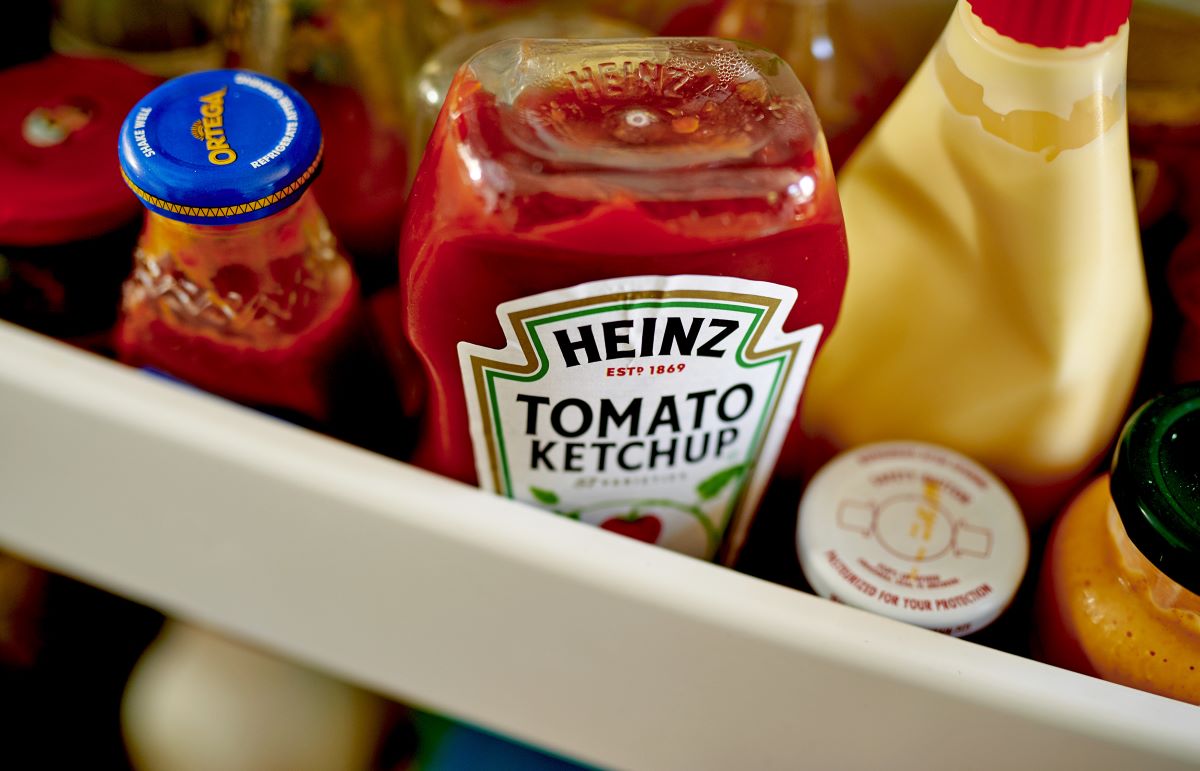
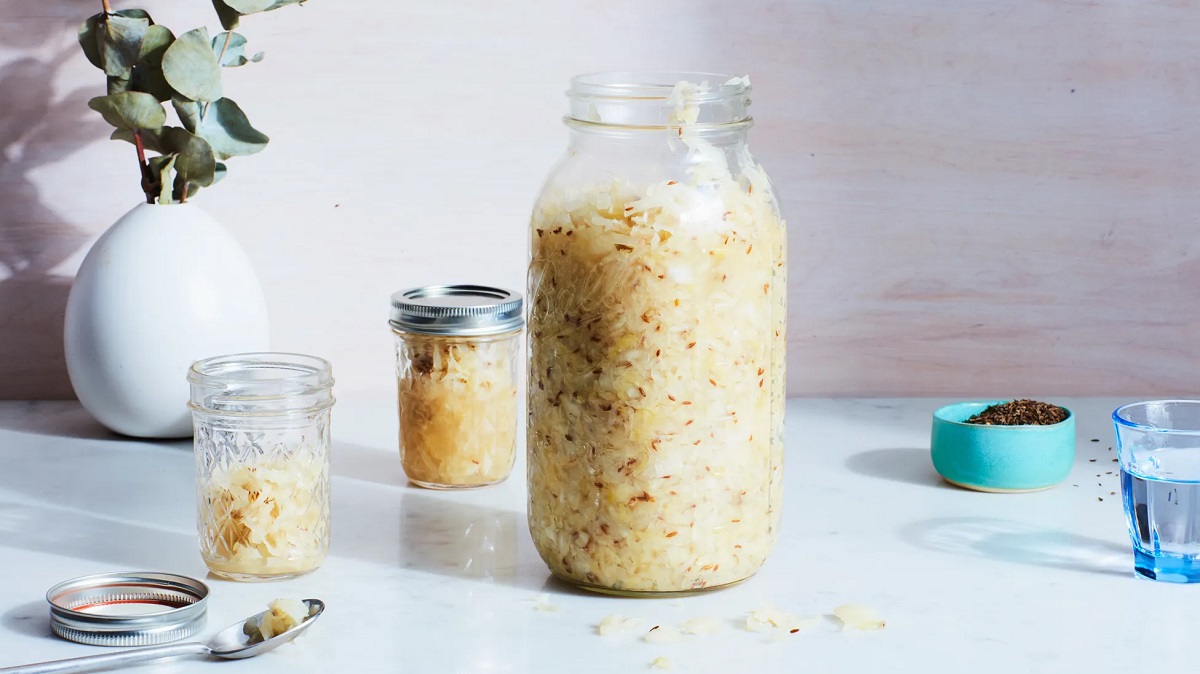

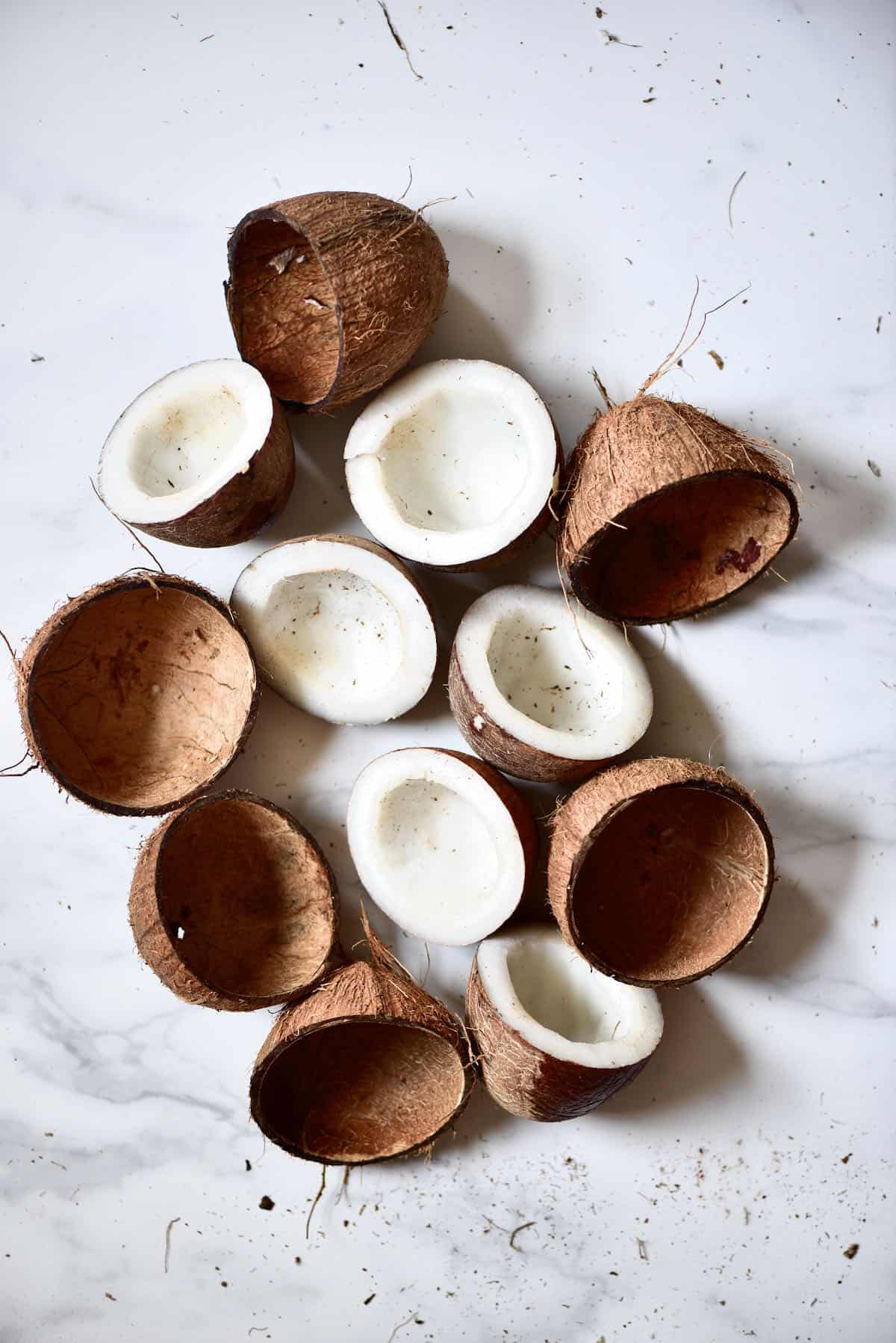
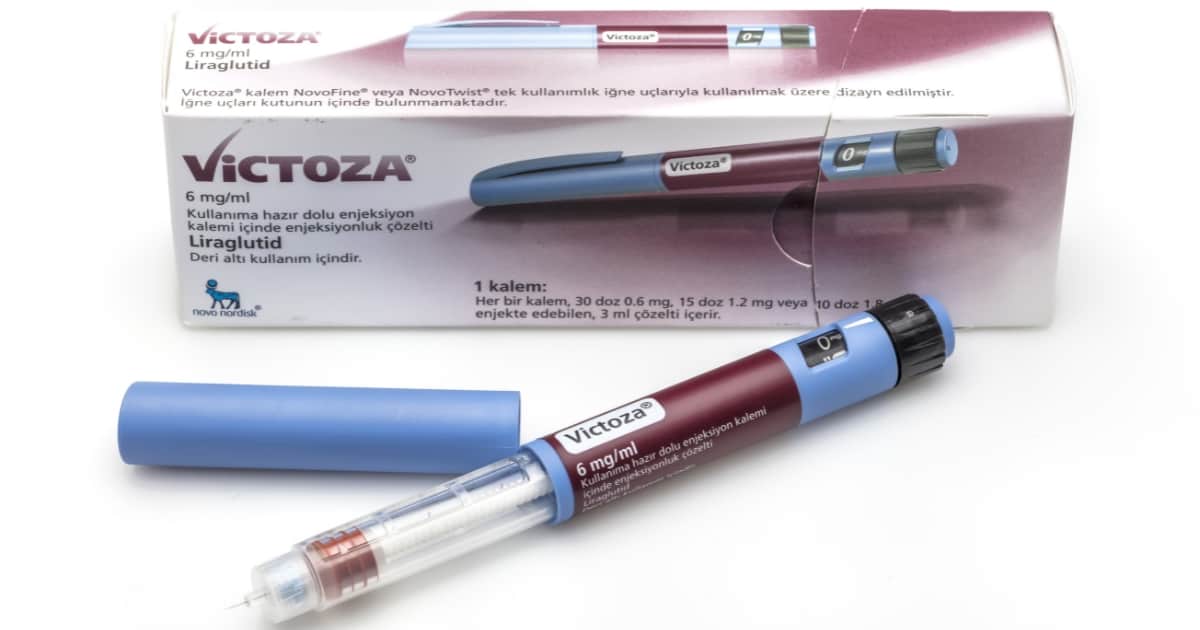
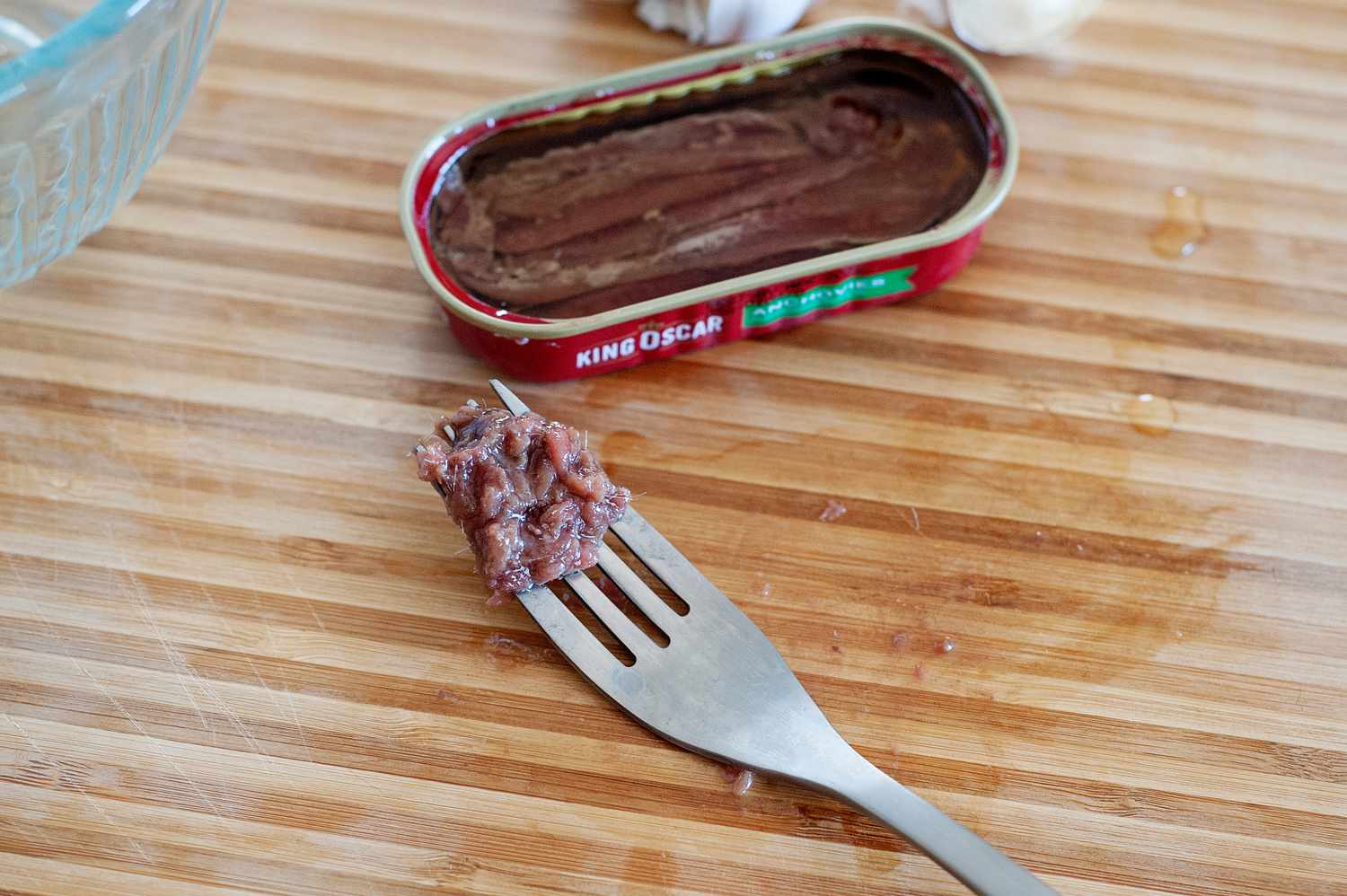
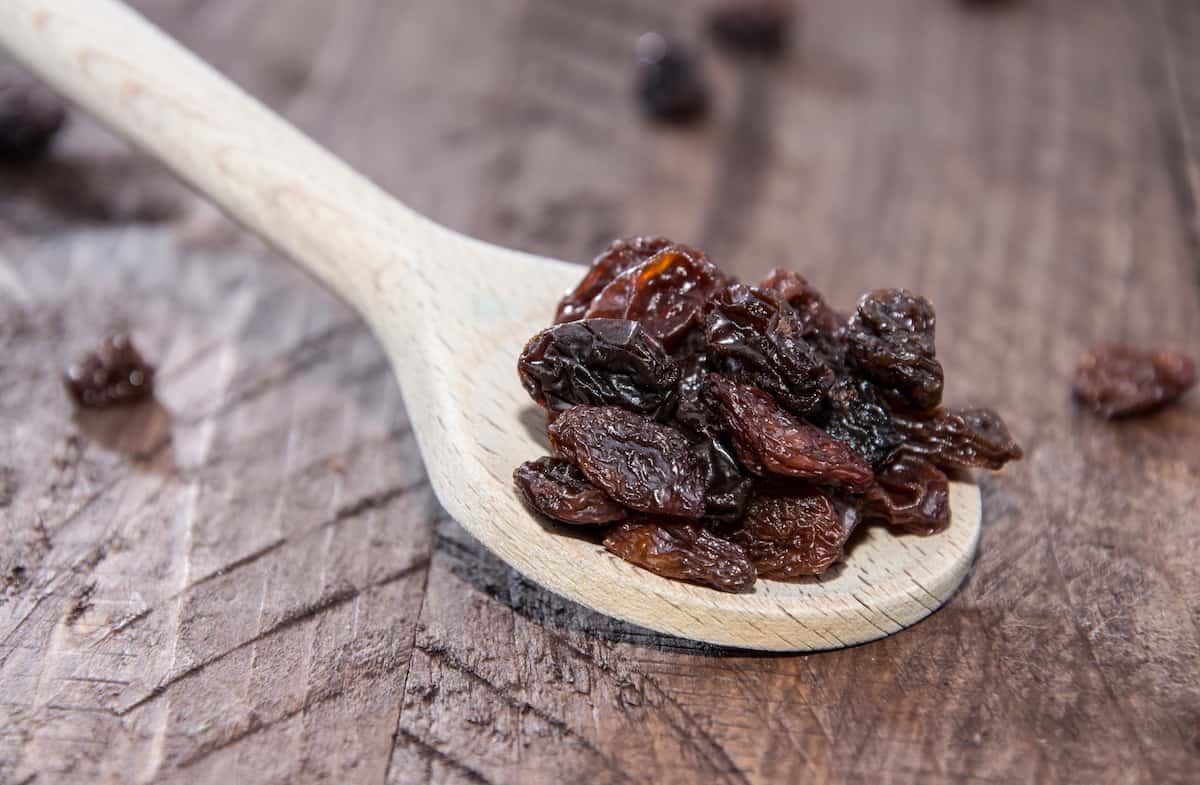
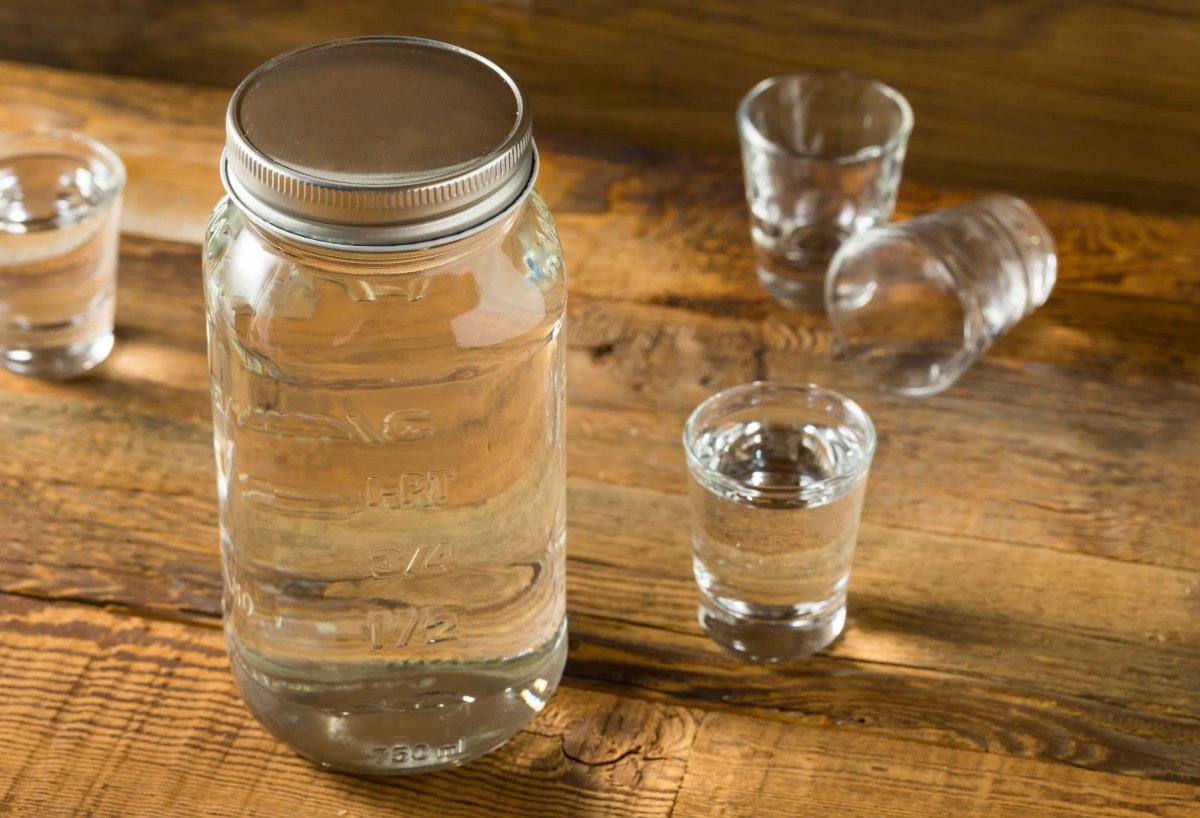

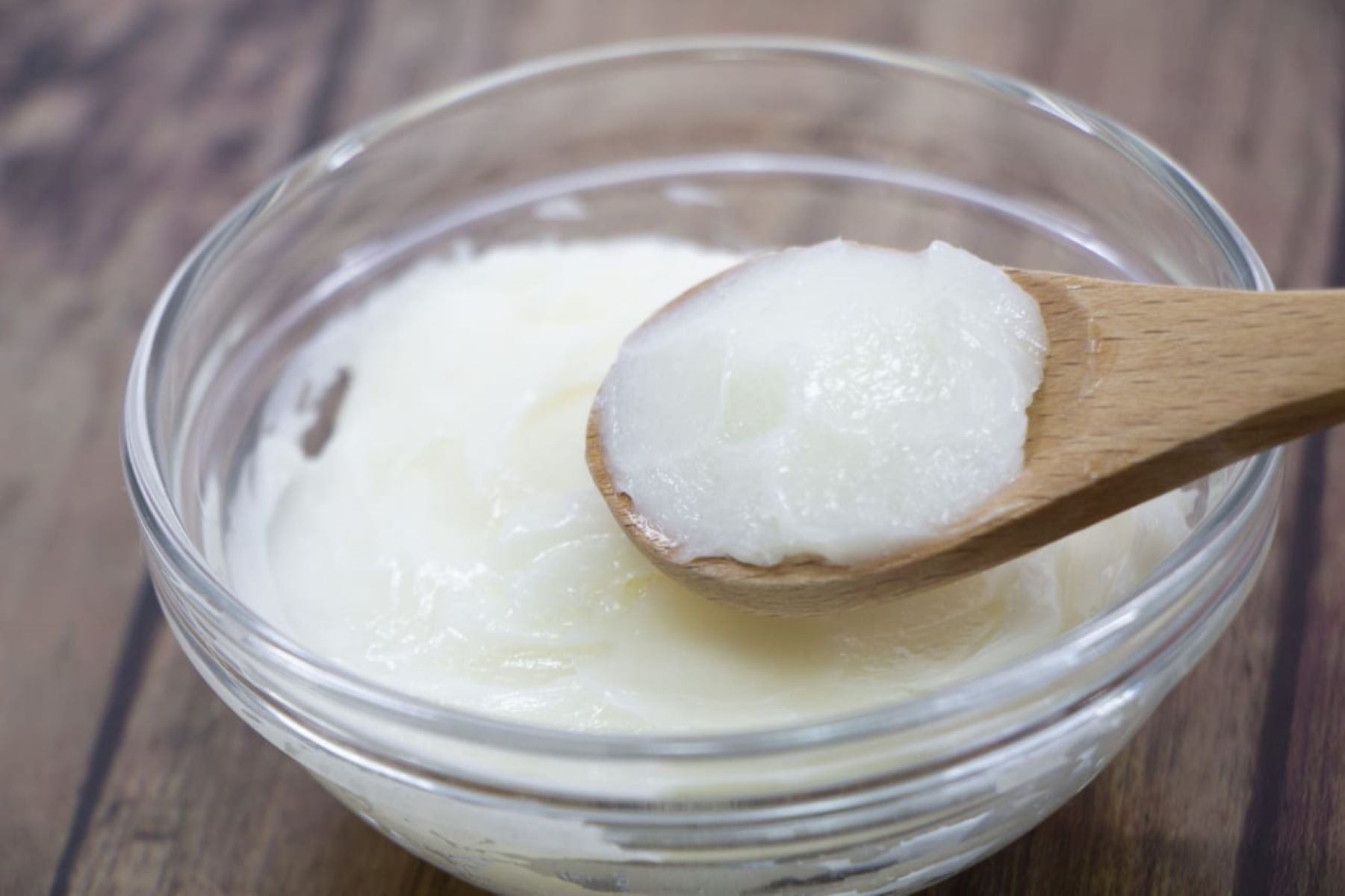


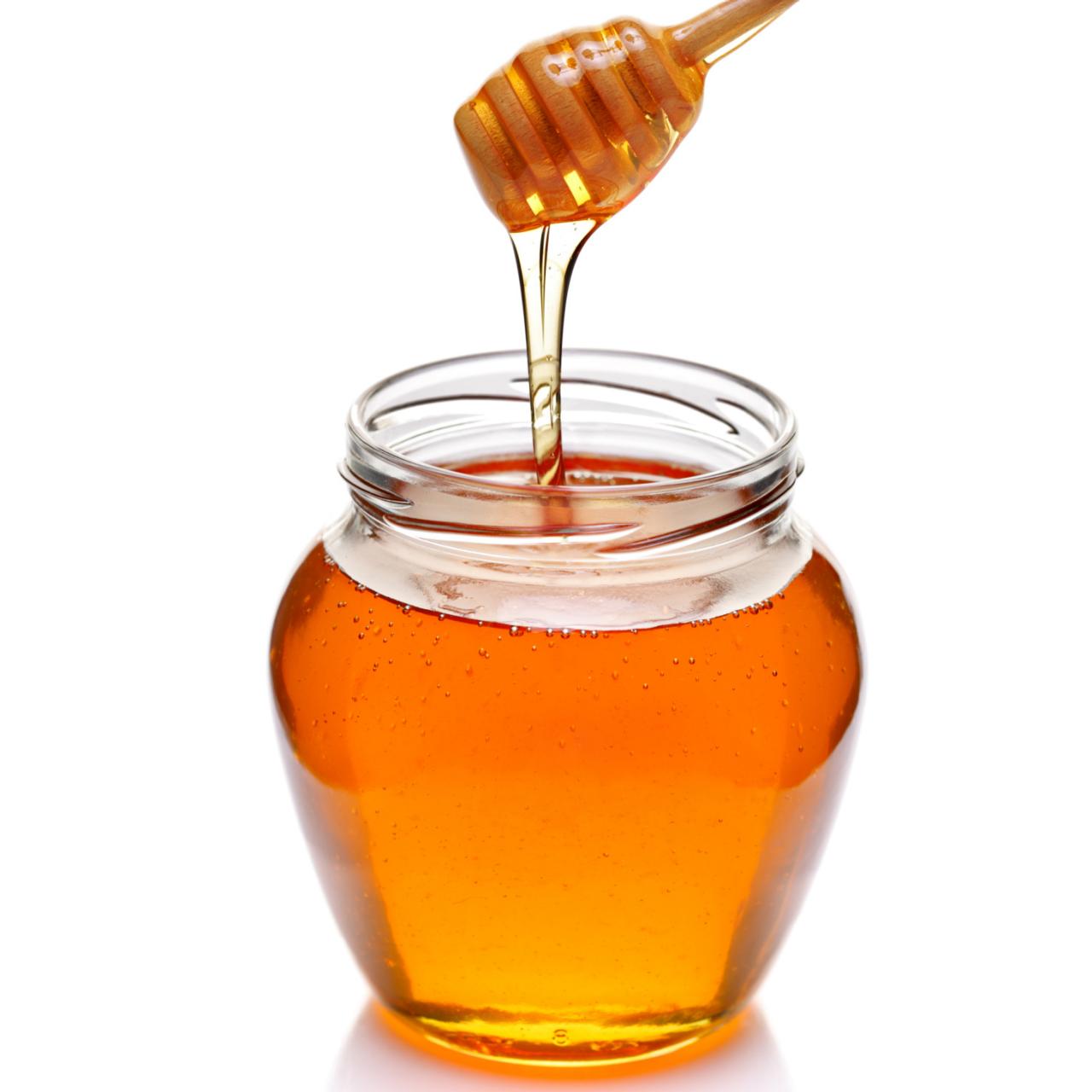

0 thoughts on “How To Store Baby Carrots After Opening”